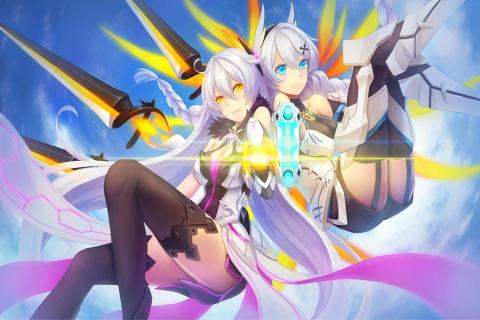Building Blocks to Success: Minecraft Education Edition Classroom Strategies
Minecraft Education Edition has revolutionized the way students learn and teachers instruct. This widely popular game offers endless possibilities for educational purposes. By integrating Minecraft into the classroom, educators can create an immersive and interactive learning environment that promotes creativity, critical thinking, and collaborative problem-solving.
1. Engage Students with Real-World Challenges
With Minecraft Education Edition, teachers can design diverse worlds that simulate real-world challenges. From creating sustainable cities to exploring historical landmarks, students can actively participate in problem-solving activities. By immersing themselves in these virtual environments, learners develop essential skills such as teamwork, communication, and decision-making.
2. Foster Creativity and Exploration
One of the greatest advantages of Minecraft Education Edition is its ability to promote creativity. Students can build structures, design landscapes, and experiment with different materials without any limitations. This freedom to explore ignites imagination and encourages innovative thinking. Moreover, teachers can assign creative projects that require students to design and construct their own unique creations, fostering individuality and self-expression.
3. Enhance Collaboration and Teamwork
Minecraft Education Edition provides an excellent platform for collaborative learning. Teachers can assign group projects where students must work together to achieve a common goal. By encouraging communication, cooperation, and compromise, students develop essential teamwork skills. They learn to listen to others’ ideas, delegate tasks, and collectively solve problems, preparing them for real-life scenarios.
4. Integrate Cross-Curricular Concepts
Minecraft Education Edition can be seamlessly integrated into various subjects, making learning more comprehensive. Math teachers can design lessons that involve calculating area and volume when constructing buildings. History teachers can recreate historical events and landmarks, providing a hands-on experience. Science teachers can explore ecosystems and conduct virtual experiments. The possibilities are endless, allowing students to connect knowledge across different disciplines.
5. Motivate and Engage Diverse Learners
Minecraft’s immersive and interactive nature appeals to students of all learning styles. Visual learners can explore and observe the virtual worlds, while kinesthetic learners can manipulate blocks and materials. Auditory learners can engage in discussions and listen to instructions. This versatility ensures that every student can actively participate and find success in their own unique way.
In conclusion, Minecraft Education Edition offers an array of opportunities to enhance learning in the classroom. By employing the strategies mentioned above, educators can harness the power of this popular game to foster creativity, critical thinking, collaboration, and engagement among students. Let Minecraft Education Edition be the building blocks to success in your classroom!

